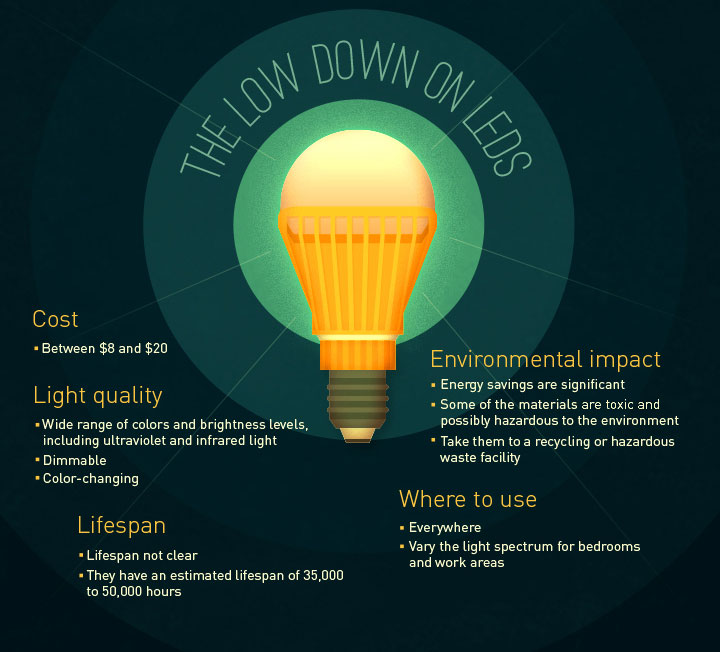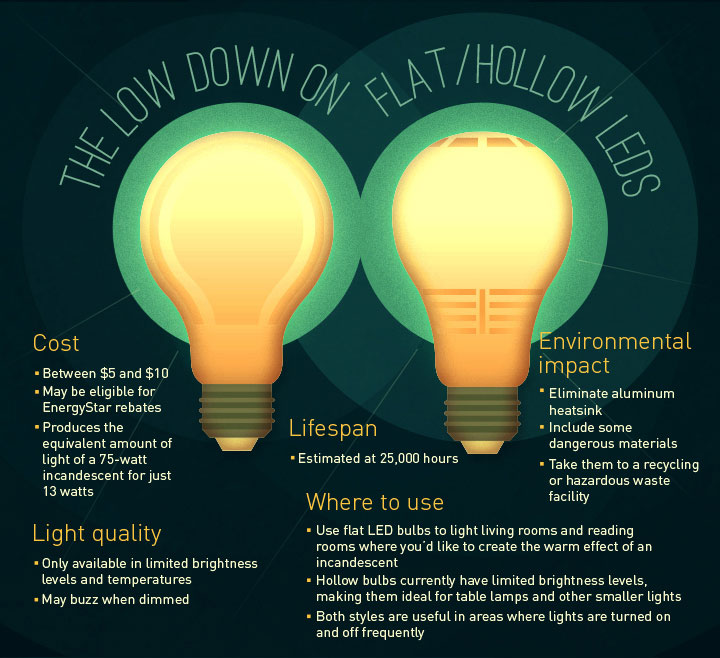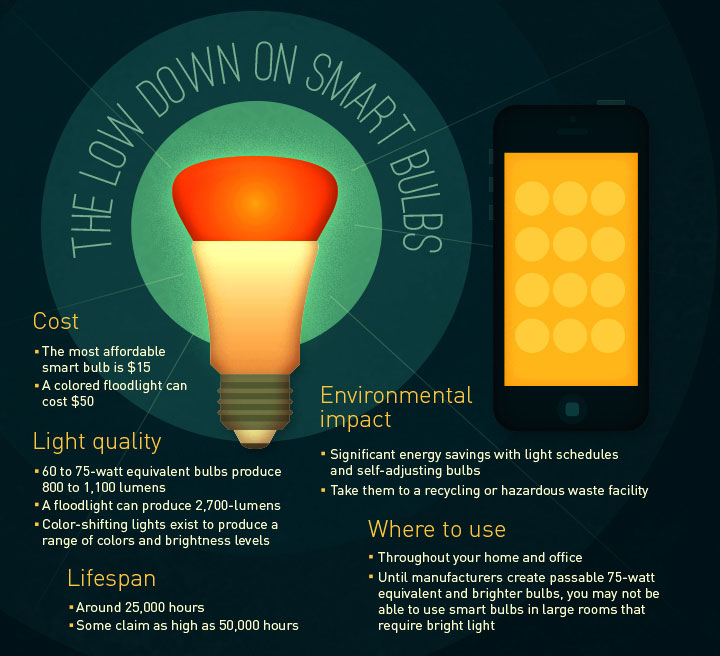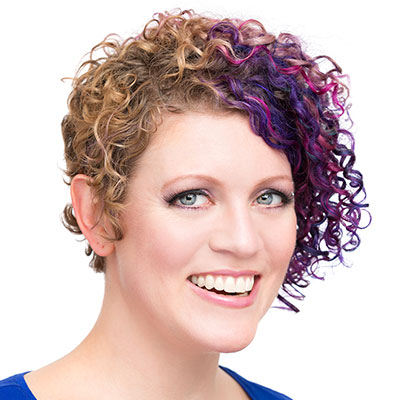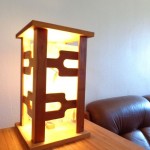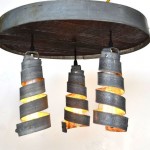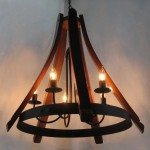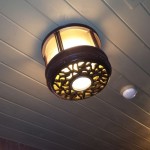An Energy-Efficient Lighting Guide
In 2014, the Nobel Prize in Physics was awarded to a Japanese-American team of scientists who had achieved a milestone. What was their momentous creation? The humble LED light.
“Incandescent light bulbs lit the 20th century; the 21st century will be lit by LED lamps.” —Nobel Foundation
Though tiny—the standard size is just 5 millimeters wide—light-emitting diodes are lighting the way to a revolution in the mundane: an energy-efficient reinvention of the way we light our living spaces. “The LED lamp holds great promise for increasing the quality of life for over 1.5 billion people around the world who lack access to electricity grids,” according to the Nobel Foundation. With their low power requirements, LED bulbs can be powered by inexpensive solar power.
We’ve long known traditional incandescent bulbs are tremendously wasteful. In fact 90 percent of the energy they consume is turned into heat, not light. Energy-efficient lights use between 25 and 80 percent less electricity. The U.S. Department of Energy estimates the average household can save $50 per year on its energy bill by switching to more efficient lighting. That’s the basis behind new requirements for light bulbs, which were phased in from 2012 through 2014.
What are your options now? While ten years ago the compact fluorescent light (CFL) led the lighting revolution, a slew of new and increasingly advanced LED options will likely become the new normal.
Compact Fluorescent Lamps (CFLs)
Compact fluorescents are just that: a shrunk-down version of the fluorescent tube lights you often find in offices and grocery stores. The distinctive curled shape of a standard CFL was developed in 1995, making it possible to fit a fluorescent tube into the space of a standard incandescent bulb.
But they aren’t perfect for every situation. Here’s what you need to know.
Cost: A single bulb costs between $2 and $8 on average. It will generally pay for itself within a year, ultimately saving you $30 to $80 in energy cost over its lifetime.
Light quality: Earlier CFL bulbs had a limited range of tones, but now you can buy them in soft white, bright white, cool white, and daylight. The majority of CFLs are not dimmable, as reducing power to a fluorescent can harm its overall function. Expect to pay more if you want a dimmable bulb
Lifespan: CFLs are typically rated for between 6,000 and 15,000 hours. But there’s a big caveat: These bulbs are sensitive to several factors, including temperature, voltage, and “cycling” (or being turned on and off). In particular, frequent cycling can reduce a bulb’s lifespan to a fraction of its rating. CFLs can take a full minute to “warm up,” and should be left running at least 15 minutes at a time. They should also be kept in a relatively stable environment without temperature swings, humidity, or energy fluctuations.
Environmental impact: The most common risk with CFLs is that they contain a small amount of mercury, which is highly toxic. If a fluorescent bulb breaks, it’s imperative you clear the area until any mercury in the air can dissipate, and avoid touching the broken pieces with bare hands. An independent study also found high levels of lead, copper, and zinc in CFLs—enough that the bulbs could classify as hazardous materials.
In addition, the study found it takes more resources to manufacture a CFL than an incandescent bulb. That’s probably an acceptable consequence if your bulb lives a long and healthy life—but if you don’t use CFLs correctly, their shortened longevity can mean more resource depletion.
For these reasons, it’s very important to recycle used CFLs correctly. Virtually every part of the bulb is recyclable, and if your local waste company won’t accept CFLs, there’s undoubtedly a facility in your area that will.
Where to use it: CFLs are well suited for areas where you plan to leave lights burning for long periods of time: living rooms, kitchens, and other high-traffic areas. Because CFLs tend to approximate a daytime light spectrum, they are also great in offices and rooms that don’t get enough daylight.
Avoid using CFLs in closets, bathrooms, and other zones where you usually turn the lights on for 15 minutes or less. If you want more color and brightness options or to be able to dim your lights, choose an LED bulb instead.
LED Bulbs
LEDs first appeared in consumer electronics as early as the 1960s, but for several decades, the difficulty of creating a diode to produce blue light meant it was not possible to create the full-spectrum white light we used to light our homes. Once that milestone was reached, scientists were able to develop affordable LEDs that produce enough light to fill a room at a fraction of the energy use of incandescents or CFLs.
Cost: LEDs are still much more expensive than other types of lights, currently selling for about $8 to $20. The cost is dropping, however. And because of the longevity and reliability, they are quickly becoming the most cost-efficient option in the long term.
Light Quality: LEDs are capable of producing a wide range of colors and brightness levels, including ultraviolet and infrared. For your home, this means you can purchase LED lights in a range of shades, including dimmable, lights to help you fall asleep, and even color-changing bulbs.
That said, some LED bulbs flicker or waver when used with a dimmer switch. If you want adjustable lumens, choose a bulb with great reviews—even if it costs more.
Lifespan: It’s not yet clear how long LEDs will last—but at least one report has estimated a lifespan of 35,000 to 50,000 hours. That’s four to six years of light production. Unless you leave your lights on day and night, you may never change the bulb in some fixtures again.
Unlike CFLs, LEDs aren’t harmed by being turned on and off. They take less than a microsecond to “warm up” and are generally difficult to damage.
Environmental Impact: Clearly, the energy savings from switching to LED lighting is a huge boon. However, it’s important to note that some of the materials in a typical LED light are toxic and possibly hazardous to the environment. There’s a push for LEDs to be redesigned for less environmental impact. In the meantime, be careful not to throw broken lights in the trash, and instead take them to a recycling or hazardous waste facility.
Where to use it: Everywhere! LEDs are already in appliances, electronics, the traffic lights on the corner, and a multitude of other illuminated areas. Now there are LED bulbs designed to fit standard fixtures and bright enough to fill a room with light. Choose LEDs for closets, bathrooms, and other spaces where lights are only on occasionally. Look into varying the light spectrum for bedrooms and work areas, and if you can’t decide on a color, go for a shade-shifting mood light.
Flat/Hollow LEDs
LEDs are directional, meaning they send light in one direction only. LED producers have struggled to create a bulb that emits omnidirectional or ambient light without allowing overheating. Accomplishing all this at a low consumer cost is an additional challenge.
Enter flat (aka “SlimStyle”) and hollow LED bulbs, two relatively new developments that eliminate the costly heatsink required when several diodes are crammed into a bulb’s base. This was accomplished by spacing the diodes carefully inside an innovative form that also sends light in multiple directions at once.
Cost: The SlimStyle bulb currently retails for around $5 to $10 per bulb, but may be eligible for EnergyStar rebates that will shave off a dollar or two. And because it produces up to 1,100 lumens—the equivalent of a 75-watt incandescent—for just 13 watts, you stand to save over the bulb’s life.
Hollow bulbs cost around $8, though they are harder to find. The 60-watt equivalent model produces 815 lumens for just 11 watts—again, a significant savings.
Light Quality: Flat and hollow LEDs are currently only available in limited brightness levels and temperatures, roughly approximating standard incandescent or CFL lights. Both produce pleasant, omnidirectional light. Beware of using flat bulbs with a dimmer switch in a quiet room; some reviews report they buzz when dimmed.
Lifespan: Manufacturers claim these bulbs can last for up to 23 years or 25,000 hours. Without the danger of heat building up and melting the components, this claim is probably somewhat accurate. We’ll know for sure in a couple decades.
Environmental Impact: Again, just by switching to such a highly efficient light, you will save energy and associated environmental impact. And although these new bulbs eliminate the aluminum heatsink, they still include some dangerous materials. As with standard LED bulbs, recycle or dispose of these at the appropriate facilities, not in the trash.
Where to use it: Use flat LED bulbs to light living rooms and reading rooms where you’d like to create the warm effect of an incandescent. Hollow bulbs currently have limited brightness levels, making them ideal for table lamps and other smaller lights. Both styles are useful in areas where lights are turned on and off frequently, which causes no damage to LEDs.
Smart Bulbs
We touched on “smart” LED bulbs when we mentioned some LEDs can change their colors to suit your moods. But the reality is that smart bulbs do much, much more. From lights that adjust themselves depending on the available natural light to lights you can schedule using an app and even lights you can control remotely, the next generation of smart bulbs seems poised for a bright future.
Cost: The most affordable smart bulb costs $15, while a colored floodlight can easily run you $50. However, with the added benefit of smart energy use, even a $50 bulb should pay for itself in energy savings.
Light Quality: Most smart bulbs stick to the basics: 60 to 75-watt equivalent bulbs, producing 800 to 1,100 lumens. However, it is possible to buy a floodlight in the 2,700-lumen range, or even a spotlight running around 3,000 lumens. Meanwhile, color-shifting lights exist to produce a range of colors and brightness levels to suit your mood.
Lifespan: While most smart bulbs abide by the industry-wide rating of 25,000 hours, a few claim lifespans as high as 50,000 hours. So far, it’s all within the range of what researchers believe to be possible, but we won’t know for sure until these products have been on the market longer.
Environmental Impact: As with the other LED lights, there’s a massive energy savings created by making the switch. And as with the other lights, you should take care to recycle or dispose of bulbs correctly, rather than sending those hazardous materials to the landfill. However, with the long lifespan of LED lights, there are likely to be recycling systems firmly in place before you ever have to think about disposal.
Where to use it: Throughout your home and even at the office. By setting lighting schedules or allowing your lights to adjust themselves, you can save significant energy just about anywhere. However, until manufacturers create passable 75-watt equivalent and brighter bulbs, you may not be able to use smart bulbs in large rooms where you require bright light.
Also, because smart bulbs tend to require connectivity and app-based controls, you may still be limited in how you’re set up to use them. Do your research first, and don’t worry if you’re not ready to make the switch. We can expect to see more smart bulb options very soon.
Feeling Illuminated?
There are upward of eight billion light bulbs installed throughout the United States—and 50 to 80 of them are in your own home. Don’t write off the potential impact of those little lights. They add up quickly in energy use, environmental impact, and, of course, your power bill. By making a few bright choices about how you light your world, you’ll make it easier on yourself and the environment.
If this article has you interested in greening your home’s lighting, check out these shabby chic light fixtures.—http://www.custommade.com/design-ideas/shabby-chic-kitchen-light-fixtures/


